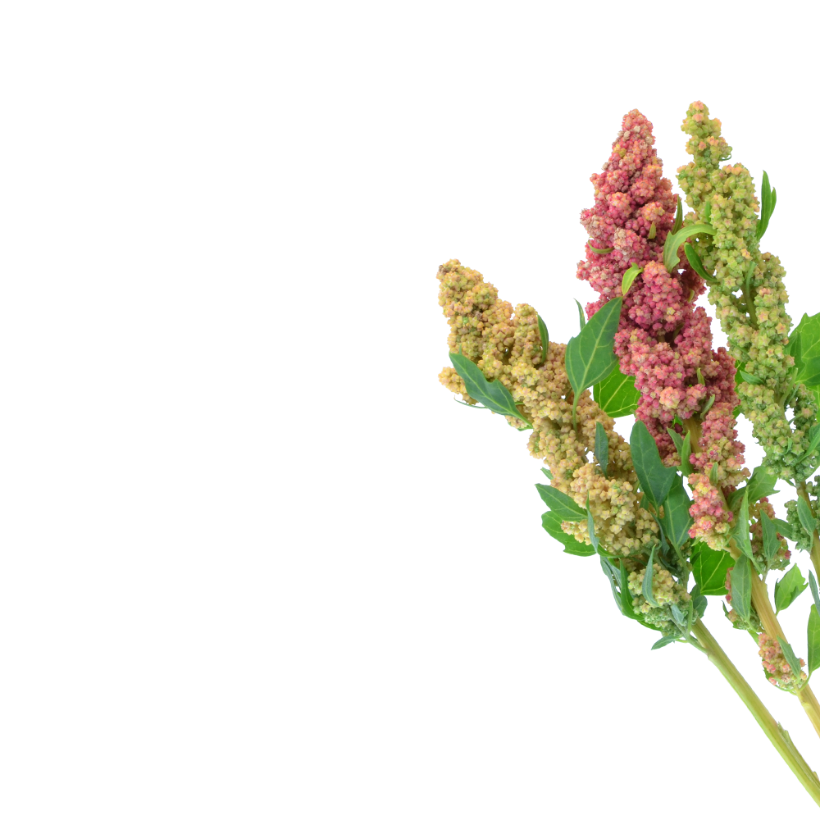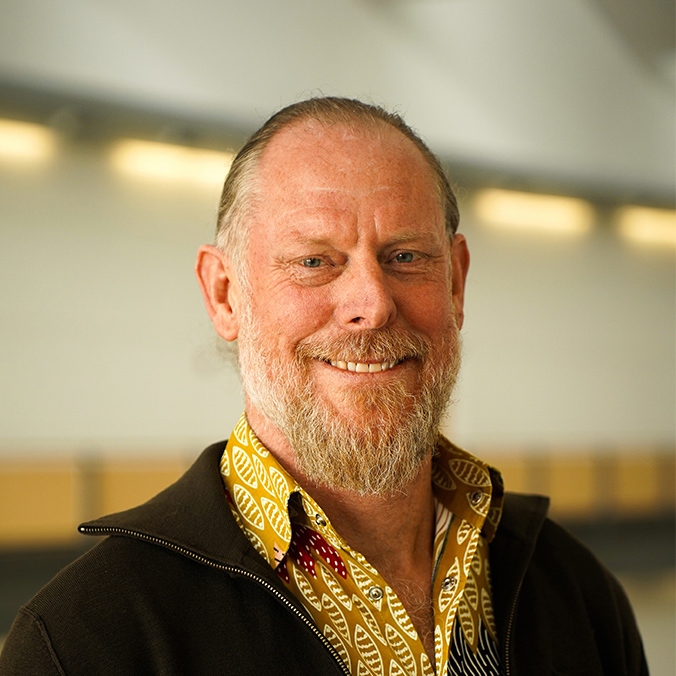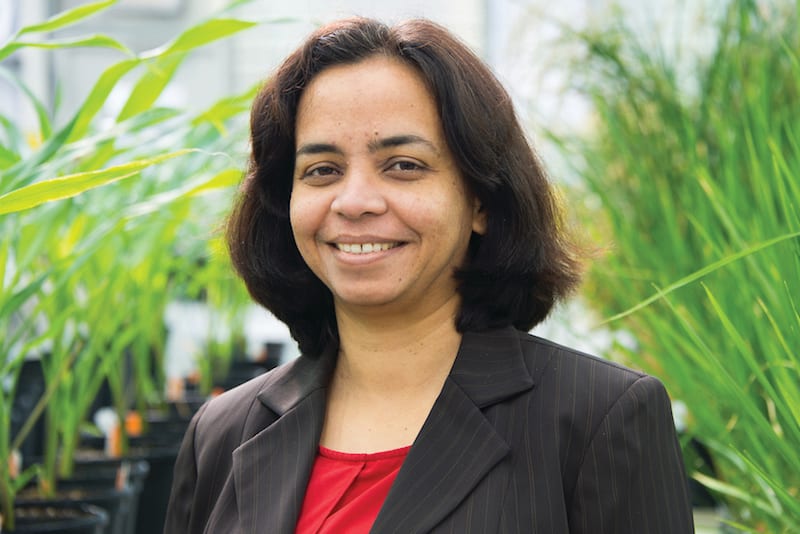For Danforth Center President Giles Oldroyd, curiosity about plants was a seed planted at a very young age. He picked up his love of flora from his grandfather, who was both an avid gardener and amateur botanist. He still recalls many happy times accompanying him in the garden or on walks in the Yorkshire, UK, landscape, where he learned to identify countless plants they encountered together.
The cultivation of that early interest has since blossomed into a lifelong passion for plant science; Giles is among the top 1% of highly cited plant scientists across the globe, and one of only a few hundred scientists in the world who are elected members in both the UK’s Royal Society and the US National Academy of Sciences.
From Interest to Impact: Giles’ Work with Beneficial Microbes
Giles entered university planning to pursue a career in conservation, but his plans changed when he learned more about genetics. “I still have a deep love for the natural world and value the preservation of biodiversity,” he explains, “but I ended up falling in love with genetics.”
It is the process of discovery and the transformative possibilities that those discoveries hold that makes the study of genetics so fascinating to Giles. “It is so exciting to find out something we have not previously understood,” he says. “But equally important for me is ensuring that such discoveries are linked to impact in the real world.”
His work focuses on plants’ association with beneficial microbes - bacteria and fungi that help the plant acquire limiting nutrients from their environment. Beneficial plant-microbe relationships are not well-utilized in agriculture, but they hold major promise. A better understanding of how they could be optimized has the potential to mitigate the massive amounts of inorganic fertilizers that are applied to our crops—a practice that currently has significant cost for both the farmer and the environment.
These beneficial associations date all the way back to when plants first began to colonize land. This means that the plant-microbe relationship has been deeply entwined with evolution and development since the onset of terrestrial plants about 450 million years ago. Understanding their function will help plant scientists maximize their associations for sustainability and resilience in our farming systems.
And Giles’ research is already taking effect well beyond the lab. A gene that he discovered as a postdoctoral scientist at Stanford in the early 2000’s underpins field trials presently taking place that show hypercolonization by beneficial fungi in cereals. This intense microbial association can significantly enhance plant growth, nutrient uptake, and disease resistance, leading to healthier crops and higher yields.
“I believe beneficial microbial associations of plants hold the key to reducing the need for inorganic fertilizers,” he says. “It is incredibly satisfying to have driven the work from its first discovery all the way to seeing it affect crops in the field.”
Leading with Purpose
That potential for real impact is what drives Giles to keep pushing forward, both in his own research and as the president of our world-leading plant science institution, where he’s committed to pursuing knowledge that has the power to change the world.
“We face significant challenges over the following decades: how do we feed an expanding population at a time when agriculture becomes more challenging because of unprecedented weather extremes?” Giles says. “In my view, plant science has never been as important for humanity as it is now.”




